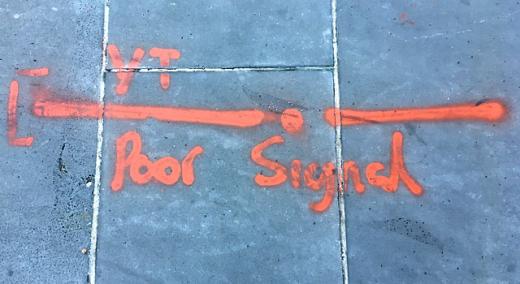Credit: Alan Levine
Any number derived from real observation is made up of three components. The first of these is the intended signal, the “perfect” value from the object being observed. The second is error (or noise) caused by environmental disturbance and/or interference. The third is bias, a regular and consistent deviation from the perfect value.
|
ADVERTISEMENT |
O = S + N + B, or observation equals signal plus noise plus bias
The signal usually is predictably constant, as is the bias. Identifying and eliminating bias requires a set of techniques beyond the scope of this article, so for the remainder of this, we will consider both as components of the signal, leaving a somewhat simpler equation for our observation.
O = S + N, or observation equals signal plus noise
This article focuses on removing the random noise component from the observation and leaving the signal component. The noise is in the form of chance variation, which sometimes enhances the signal and sometimes detracts from it. If we could separate the noise from the signal and eliminate it, our observation would be pure signal, or a precise and consistent value.
…

Add new comment